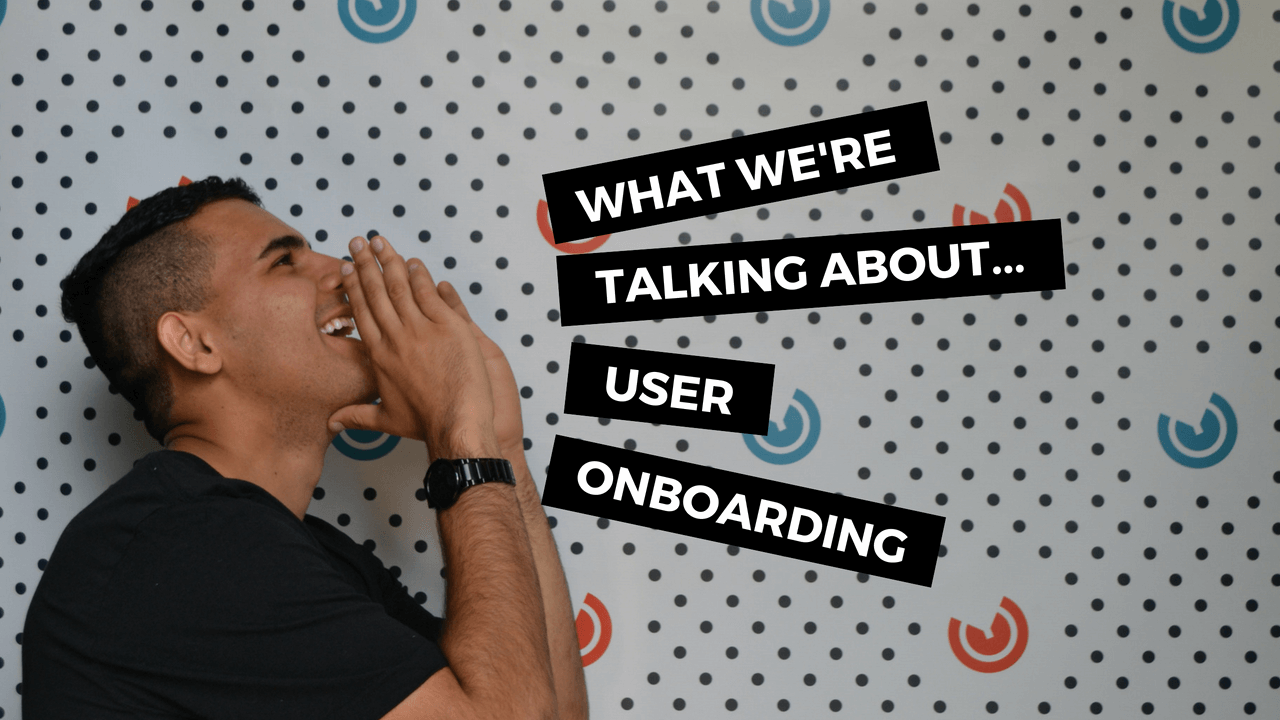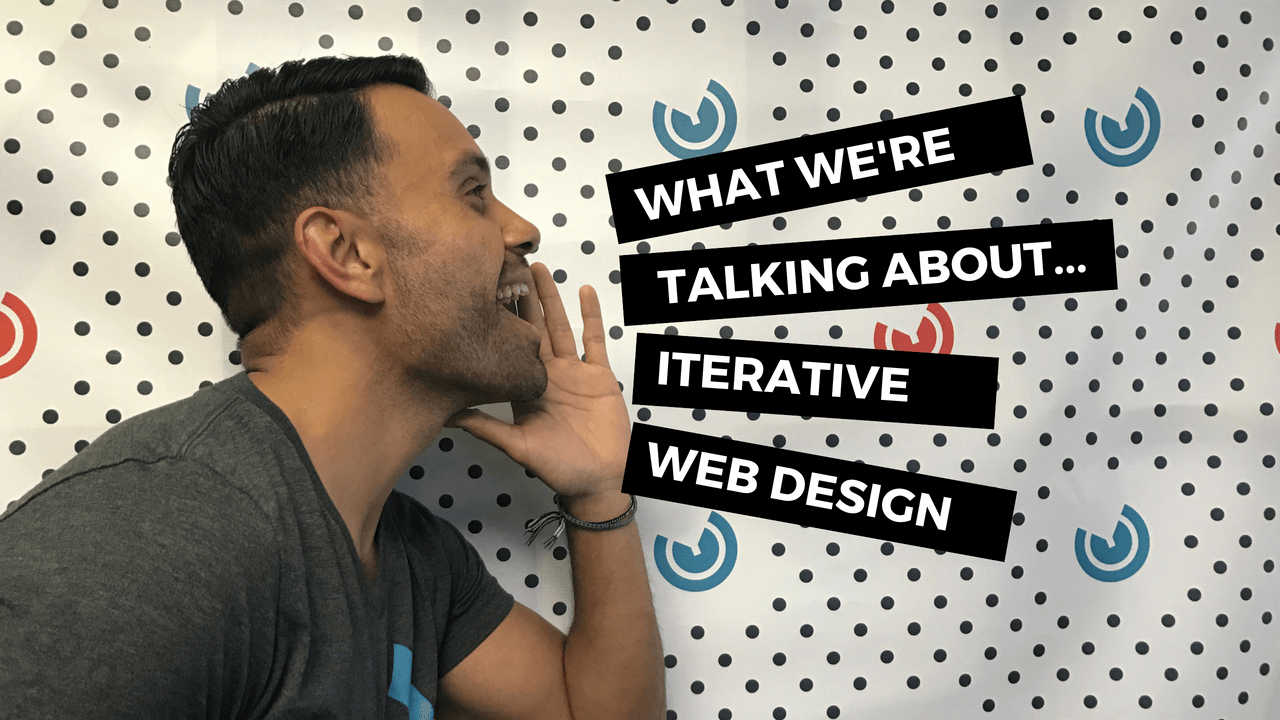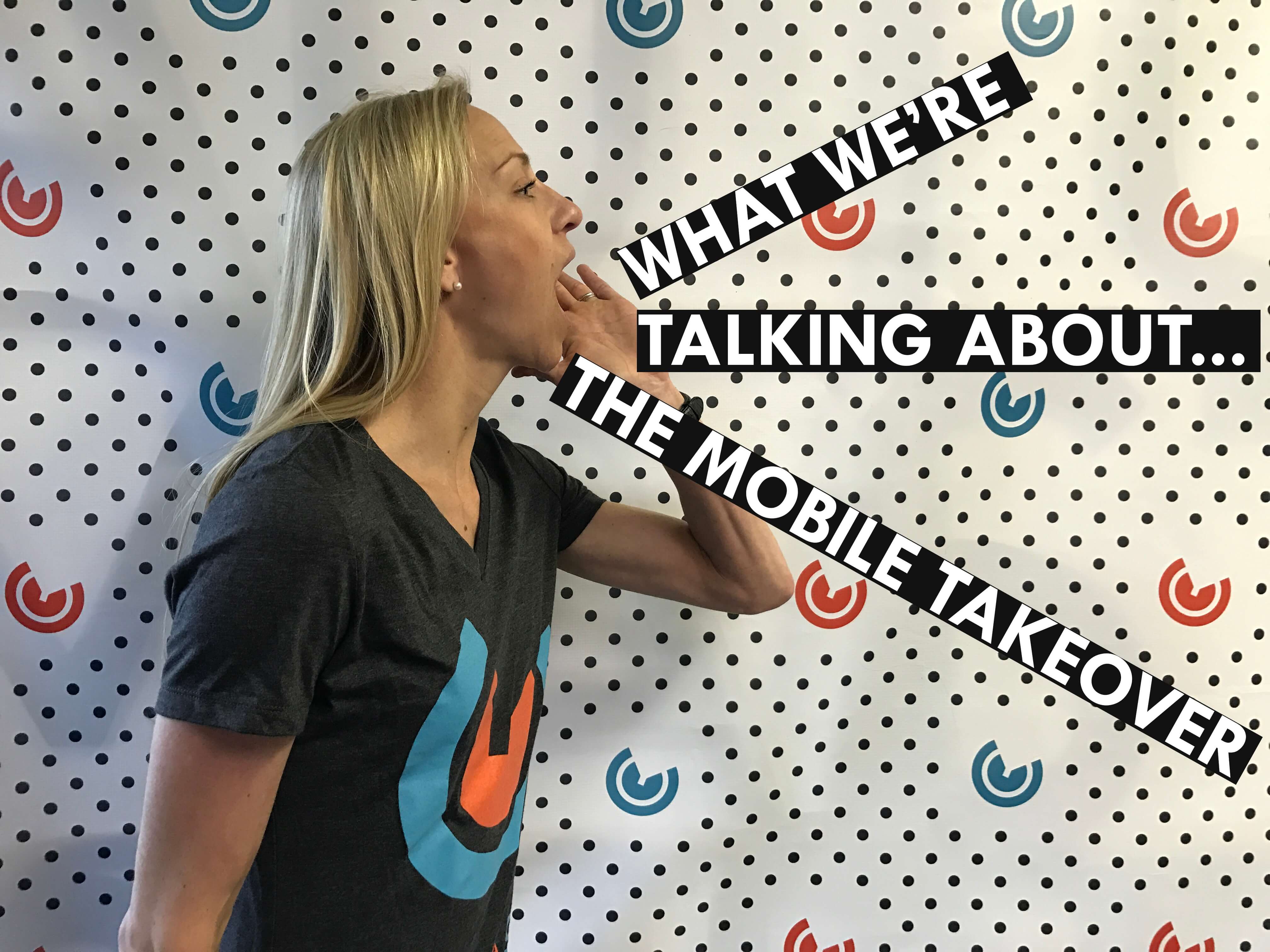Oops! Avoid These Common HubSpot Onboarding Mistakes
HubSpot onboarding can be a game-changer for businesses looking to elevate their marketing, sales, and customer service efforts. When executed...
I know what I am looking for, and would like to chat.
A team of data-driven marketers obsessed with generating revenue for our clients.
Because the proof is in the pudding.
At Campaign Creators we live by three principles: Autonomy, Mastery, Purpose.

Attracting a new user is exciting. You've spent countless hours developing a website or an app, and now it's finally gaining traction, but your user churn rate spikes around the 3 day mark. What gives?
Your user onboarding experience may be to blame. If you'd like to learn why, here's what we're talking about...
“This focus on onboarding derives from both end user and business frustrations. Users enter an app thinking, “What should I do first?” or “I’m not sure how this app works.” On the other side of the fence, companies see too few users filling out their accounts or returning to the product after trying it out.”
Having a clear onboarding strategy is crucial for introducing new users to your website and communicating the value your company can provide. When deciding the best onboarding strategy, there are some general frameworks available to guide you. For example, the “Annotated Tips” method focuses on driving the user directly into the application, while providing subtle visual cues along the way. Clicking on the annotation causes it to unfold and present additional explanatory copy. This allows users to control what they want to learn more about. Check out Alex Fedorov's article for an introduction to user onboarding and to learn more about the most commonly used onboarding frameworks.
“The problem with both of these approaches is that they’re just thinly veiled attempts to show off your features. But onboarding isn’t about features. It’s about shifting your thinking from “look at what we made” to “how can what we’ve made solve your individual problem.” It’s an important distinction that too many companies don’t take seriously.”
Far too many companies focus their onboarding efforts on showcasing product features and fail to demonstrate how the product will solve the user's problem. While the connection between how the features will solve a problem may be clear to the company, it's not always so apparent for the user. As a result, it is the responsibility of the company to provide the best onboarding process possible. Luckily you for, Jory MacKay has gathered the essential elements of a great onboarding process as well as the best practices to go along with them. Click the headline above to learn more.
“Chances are that your onboarding process is causing the bottleneck. You've been elbow-deep in your product, but what makes sense to you might not make sense to users.”
You know your product inside and out. Unfortunately, your user may not. As we briefly discussed above, this contextual gap can create a discrepancy between how we think our onboarding will work versus how it actually works in practice.
With that being said, it may be beneficial to evaluate your onboarding process after reviewing some of the most common onboarding blunders. For example, improperly placed tooltips might obscure information. That's not to say all tooltips are bad, but if placed incorrectly they can detract from the user's experience. Read Ty Magnin's article to see more onboarding blunders so you can avoid learning about them the hard way.
The 5 best user onboarding examples Via Appcues
“Slack’s microcopy explains why they need new users to fill out certain fields. They pair graphics with simple text to contextualize information each new user is being asked for.”
On the flip-side of the article above, there is nothing wrong with taking inspiration from companies that do onboarding right. Take Slack for example. Chances are, if you use the collaboration tool, you don't even remember having to learn how to use it. Slack's onboarding process is just that good. Take a look at Jackson Noel's article, where he dissects some of the best examples of a successful onboarding process to show the essential elements that make them effective.
“A lot of times when you ask people what user onboarding is, they’ll say that it’s something like a tooltip tour, the introductory material or some help documents. While those can be beneficial for getting people up to speed with your product, I really look at it less from a standpoint of dragging people by the ear to activating features or click “next” 20 times in a tooltip tour. It’s actually more along the lines of getting people up to speed with the better version of themselves they’re hoping they will become with your product in your life.”
Here at Campaign Creators we love podcasts, and we hope you do too. On this episode of Inside Intercom, the host talks with Samuel Hulick, a central figure in bringing forward the importance of user onboarding. Give a listen as they discuss the intricacies that make up a successful onboarding experience.
“The term I like to use is permission priming. Which is essentially to say that we're going to ask you for access into your camera and here's how granting us access will be beneficial to you”
In the latest episode of BiteSize by Arkenea, Samuel Hulick talks about the key components of user onboarding for desktop vs mobile and B2B vs B2C products. While not the highest production quality, this video is great because Hulick explains the most appropriate onboarding tactics you should use based on whether your users are B2B or B2C.
Just like an onboarding experience, you want to make sure your landing pages are working as efficiently as possible. Download our 20 point landing page audit to identify the weak areas of your landing page and learn exactly how to fix them to improve your conversion rates immediately.

HubSpot onboarding can be a game-changer for businesses looking to elevate their marketing, sales, and customer service efforts. When executed...

You have been tasked with a project: design your company a new website. For months you spend day in and day out creating your ideal website, only to...

Smartphones are getting so smart that we rely on them so much for information and being in contact with others. Last year, Americans spent an average...